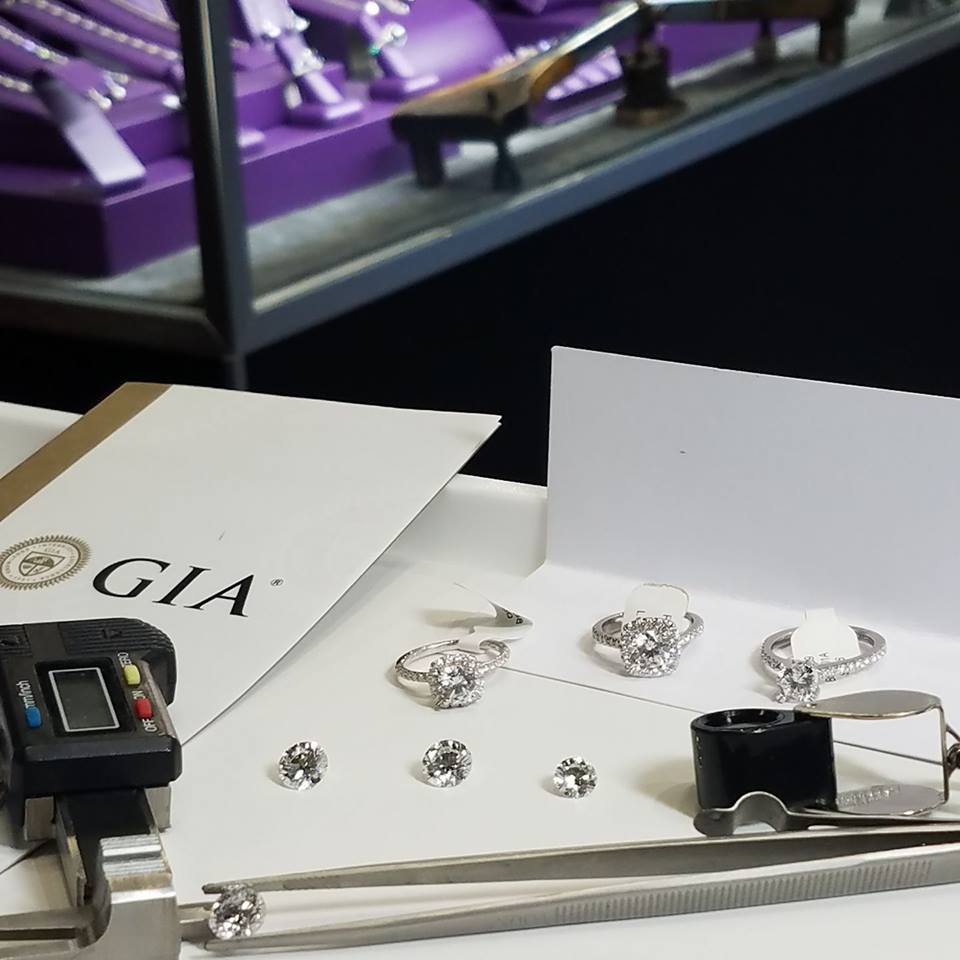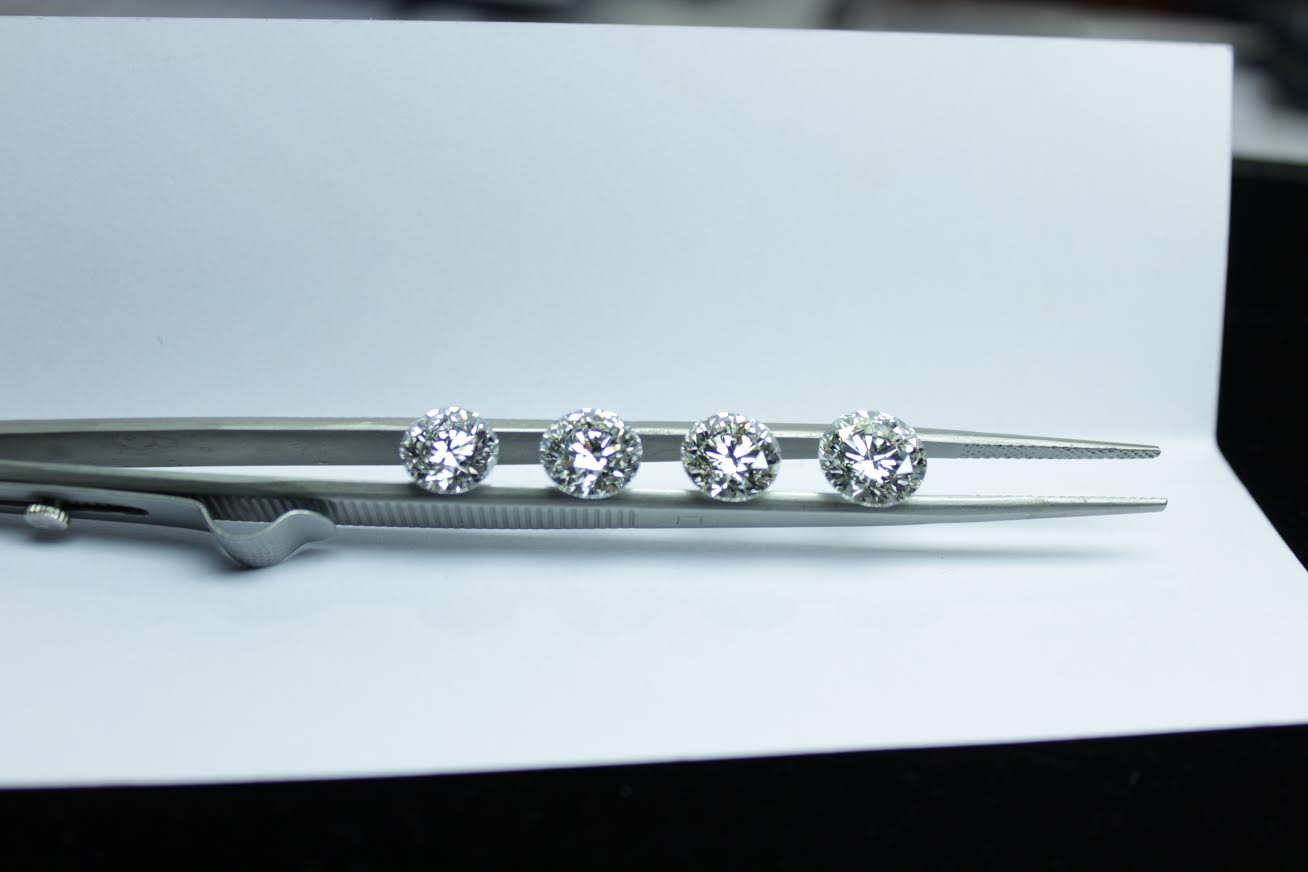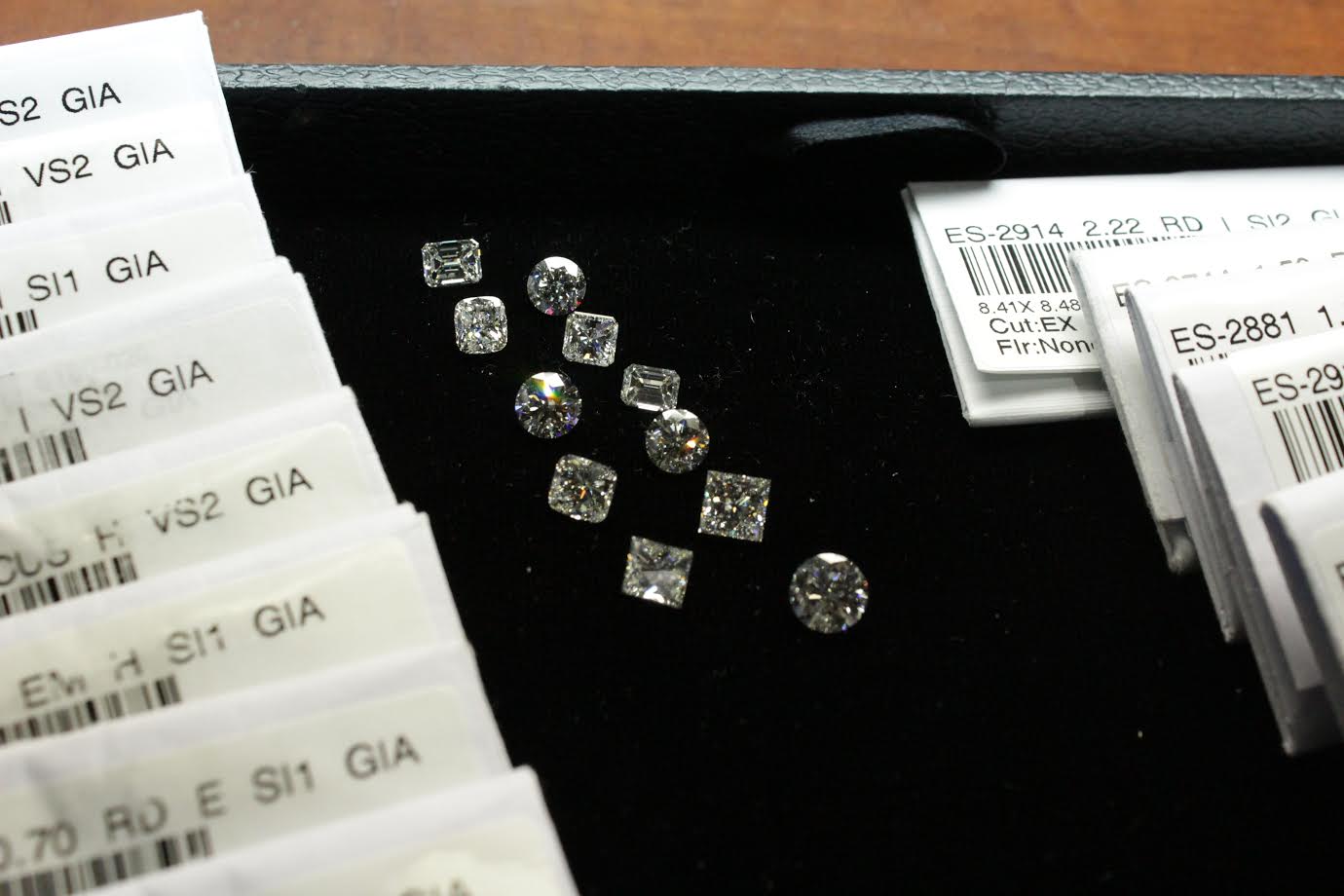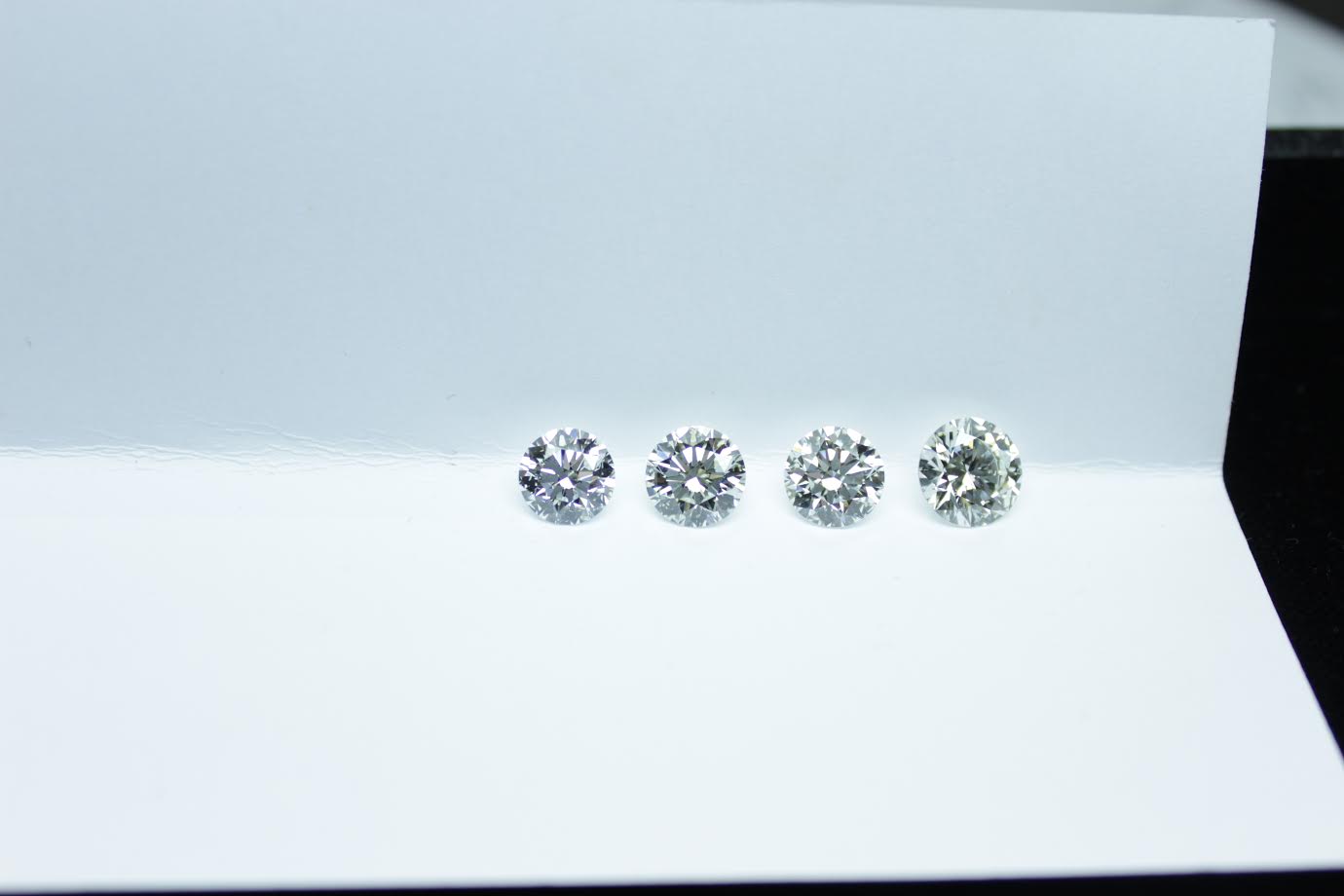Diamond Education
The 4 C's of Diamonds are Cut, Color, Clarity and Carat Weight.
A Diamond is a mineral made of carbon that is crystallized. In fact, a diamond is more than 99.95% pure carbon. The remaining 0.05 percent of the elements often influences the crystal's color and shape. The diamond is also, by far, the hardest natural substance known to man. Diamonds form between 75 and 120 miles below the earth's surface. The first diamond mines were discovered in India before 500 BC. India has been the world's major supplier of diamonds for over 2,000 years, producing some of the most famous diamonds.

The weight of a diamond is measured in carats. One carat is divided into 100 parts called "points," 1 ct. = 1.00; 1/2 ct. = 0.50. The value of two diamonds of the same weight can vary greatly depending on the color, clarity and especially the cut. While larger diamonds are highly prized, diamonds of equal size may vary widely in value and brilliance, depending on their quality of clarity, cut, and color.

Diamond clarity is a quality of diamonds relating to the existence and visual appearance of internal characteristics of a diamond called inclusions, and surface defects called blemishes. The number, size, color, relative location, orientation, and visibility of inclusions can all affect the relative clarity of a diamond. A clarity grade is assigned based on the overall appearance of the stone under ten times magnification. The two most common diamond grading scales are the Gemological Institute of America (GIA) and the American Gem Society (AGS). The grading scales for these two organizations are as follows:

Diamond cut is important in both shape and depth. The diamond shape is mostly about personal preference with the round diamonds being the most popular representing about 75% of all diamonds sold. The diamond depth was not determined to be of much importance until 1919 when a mathematician named Marcel Tolkowsky used numerical formulas to achieve the modern brilliant cut. He did this by cutting a diamond so that all light entering the stone followed a controlled path to exit the top of the diamond. It was this discovery that lead to the quality and brilliance in diamonds that we enjoy today.


